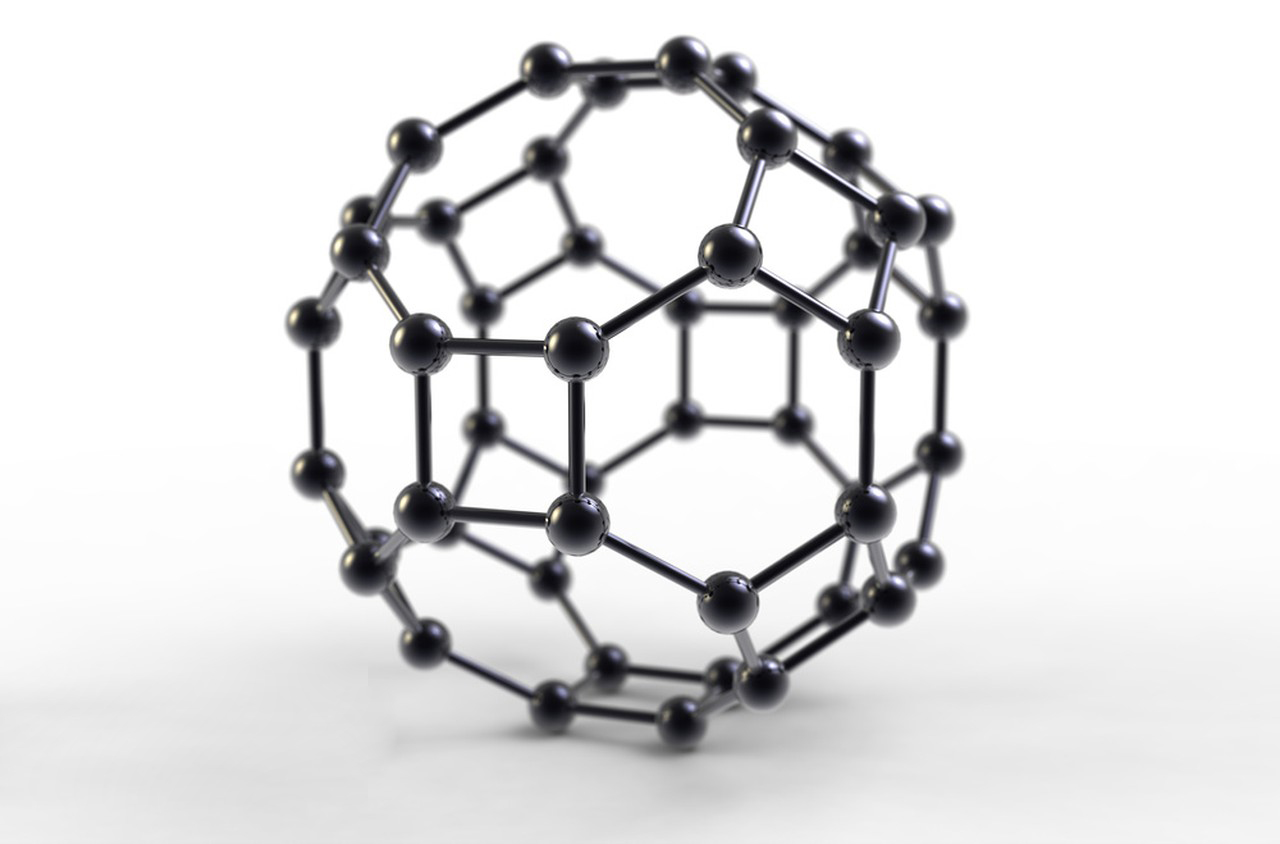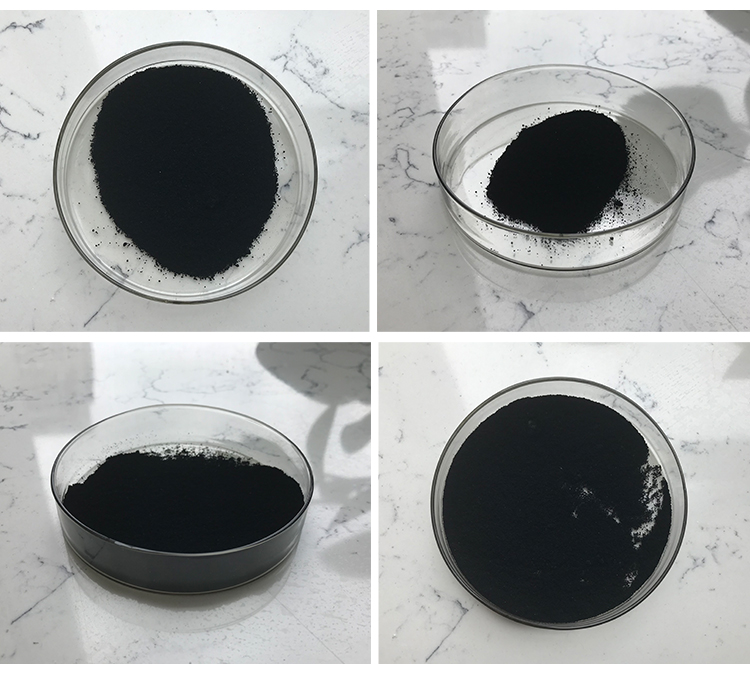Fullerene C60, also known as Buckminsterfullerene, is a spherical molecule composed of 60 carbon atoms. It is a prominent member of the fullerene family of carbon allotropes, which includes other structures like C70 and nanotubes. Here are some key details about C60:
Structure of Fullerene C60
- Shape: Fullerene C60 is shaped like a truncated icosahedron, resembling a soccer ball, consisting of 12 pentagonal and 20 hexagonal faces.
- Bonding: The carbon atoms are sp² hybridized, forming alternating single and double bonds (conjugated system).

Properties of Fullerene C60
- Formula: C60
- Molecular Weight: 720.66 g/mol
- Diameter: ~0.71 nm
- Symmetry: High symmetry (Ih point group).
- Solubility: Soluble in organic solvents like benzene, toluene, and carbon disulfide; insoluble in water.
- Color: Purple or dark brown in solid form, often giving magenta or yellowish solutions depending on the solvent.
Discovery
- Year: 1985
- Discoverers: Harold Kroto, James Heath, Sean O’Brien, Robert Curl, and Richard Smalley.
- Recognition: The discovery led to the 1996 Nobel Prize in Chemistry.
Applications of Fullerene C60
- Materials Science: Used in the development of advanced materials due to its stability and electronic properties.
- Electronics: Potential use in photovoltaics, superconductors, and organic semiconductors.
- Medicine: Studied for drug delivery systems, antioxidant properties, and photodynamic therapy.
- Nanotechnology: A precursor for carbon nanotubes and other nanoscale materials.

Chemical Behavior
- Reactivity: Relatively stable but can undergo reactions like hydrogenation, halogenation, and functionalization to form derivatives.
- Conductivity: Shows interesting electrical properties; can act as an electron acceptor in organic solar cells.
- Thermal Stability: Stable up to high temperatures (~600°C in vacuum).
Let me know if you’d like details on any specific aspect of Fullerene C60!
